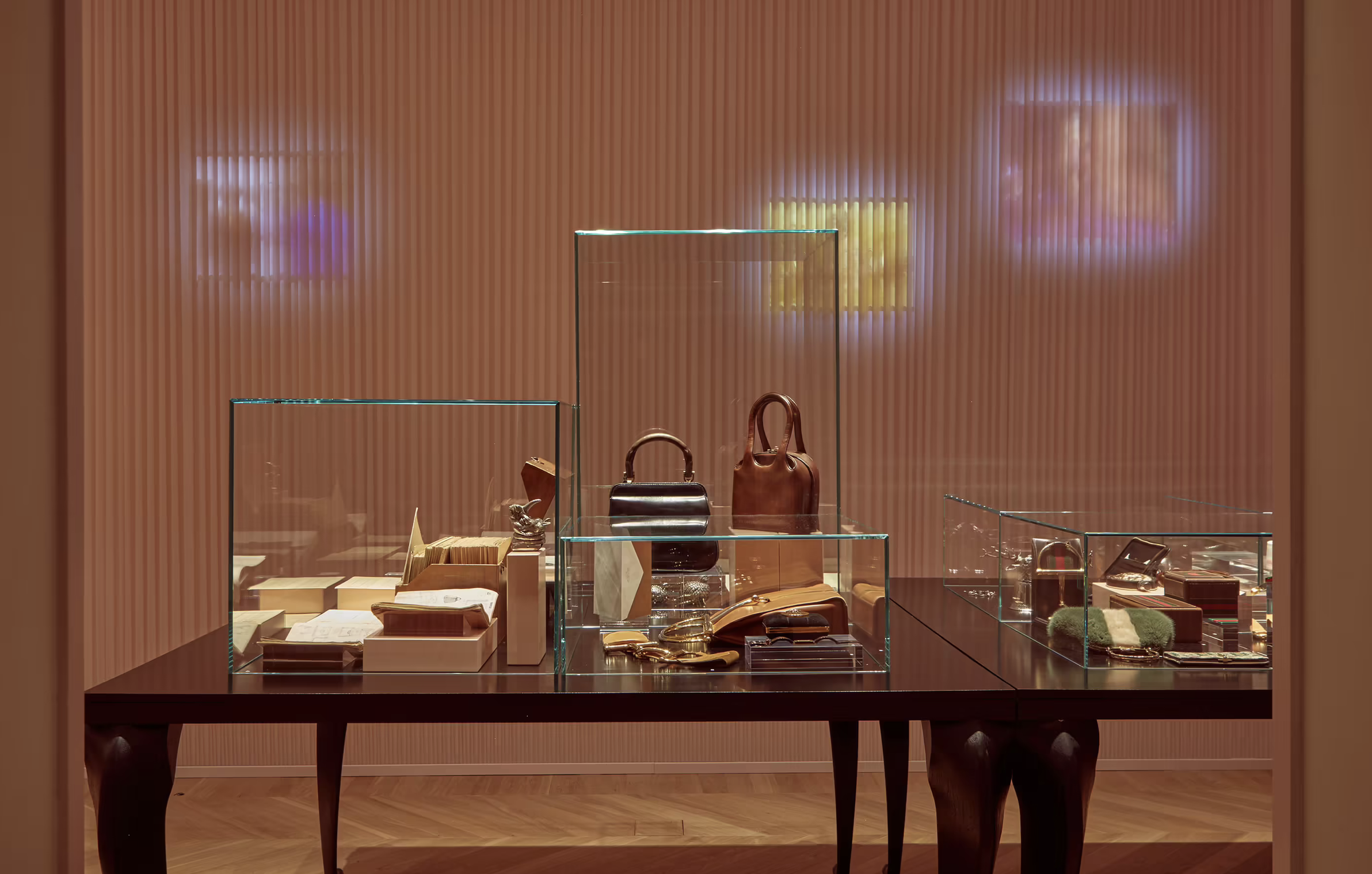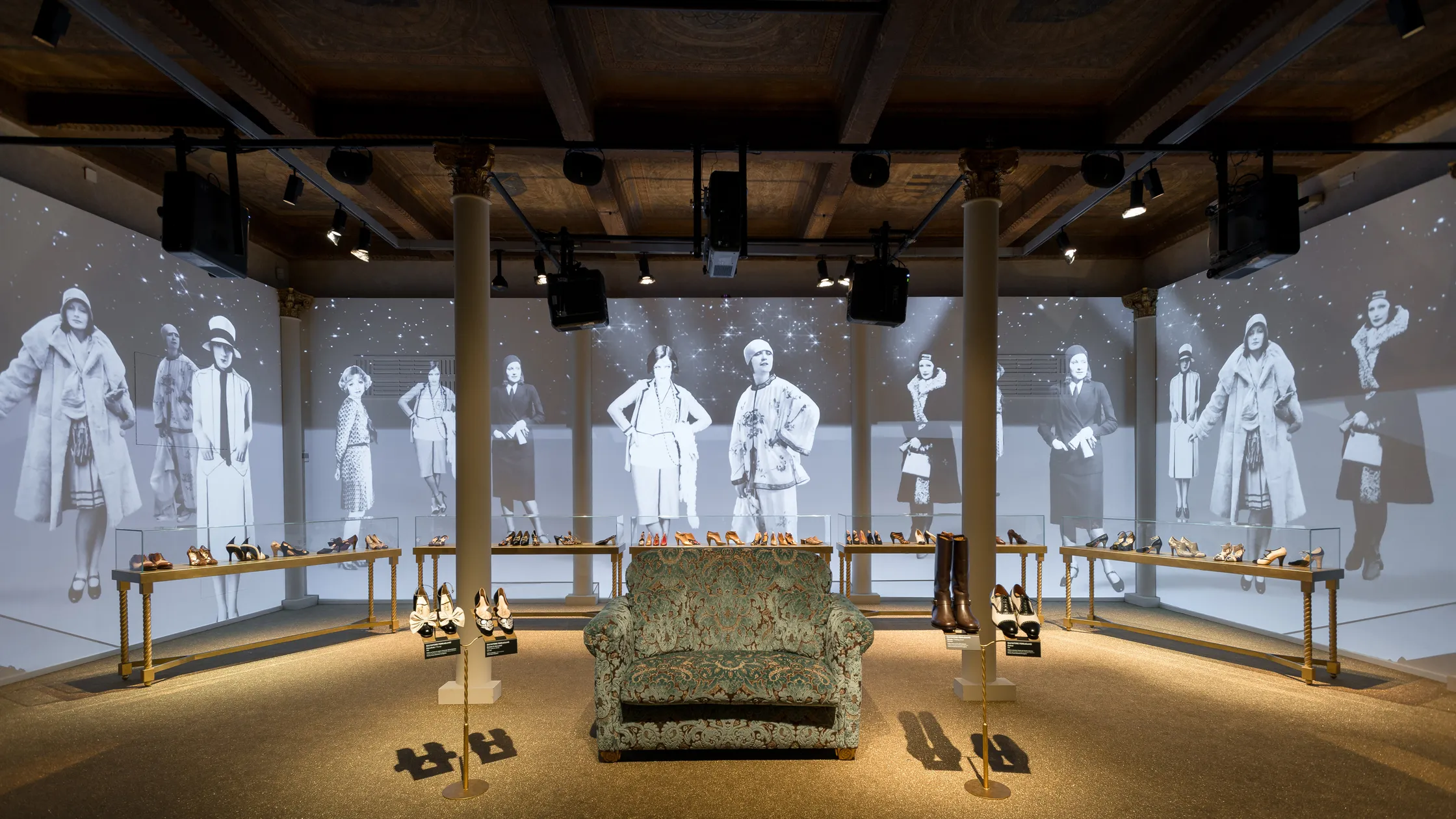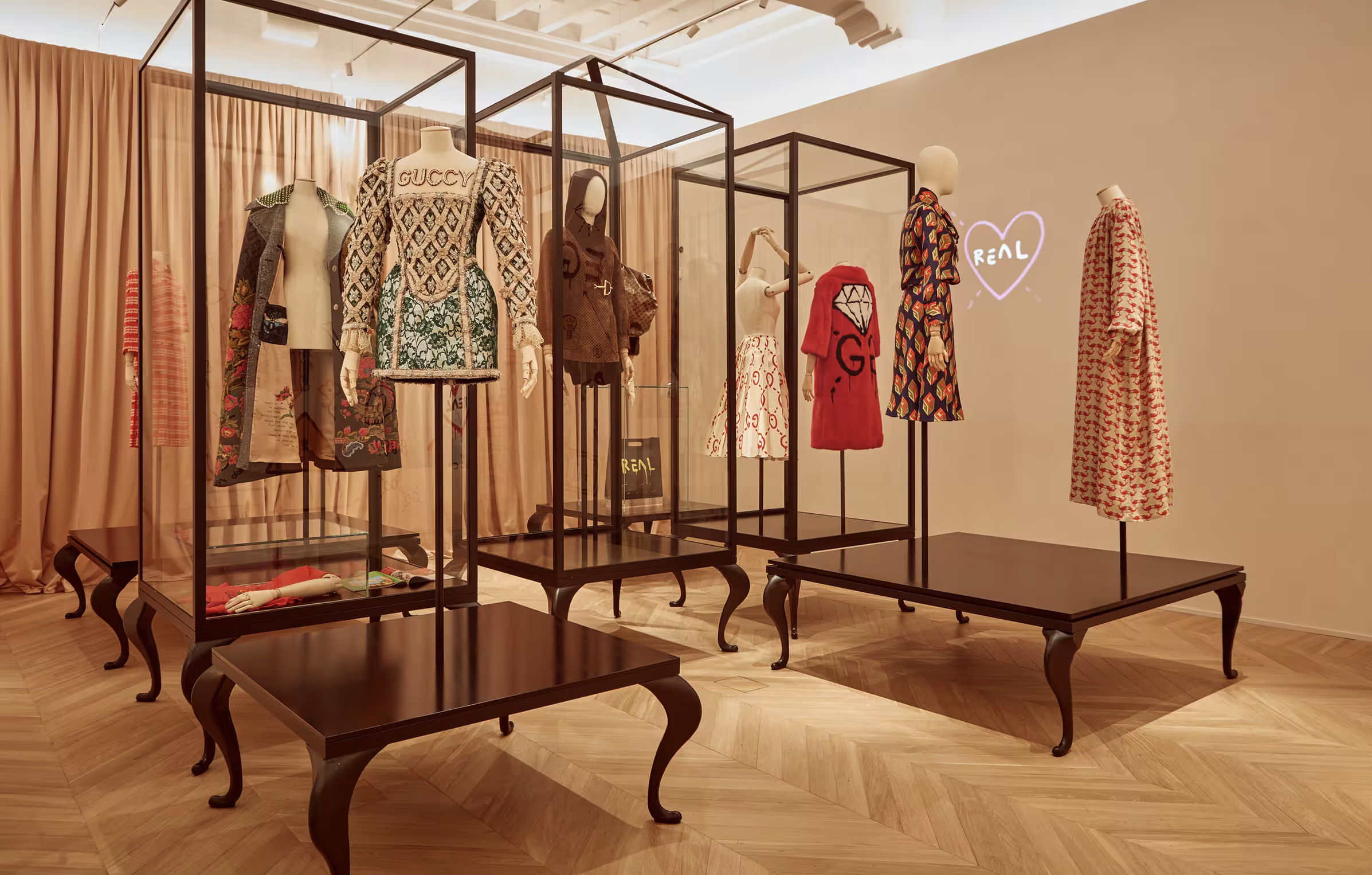The new style of branding connecting culture and heritage
In recent times a high number of European brands have been increasingly delving into the concept of “heritage” in a variety of modality. Balmain’s Olivier Rousteing recovering archival monograms and Carine Roitfeld, Karl Lagerfeld style adviser, conceiving a capsule collection inspired by the late founder’s personal attitude in dressing. Nevertheless, some time before them, historical Italian maisons decided to pursue this path selecting museums as main vehicles for enhancing creative perspectives. The acknowledgment of how heritage can serve as a brand’s long-term recognition propelling their quality, craftsmanship and innovation, has been at the forefront of key strategic directions.
Traditionally, a brand heritage approach aims to reveal aspects of legacy making use of archival research; with a focus on attention to cohesion and longevity, it rejuvenates the brand heritage through the usage of specific imagery applied into the design of products and marketing communications. Long established brands are characterized by unique backgrounds that cannot be appropriated by competitors; such heritage and legacy constitute an insurmountable advantage.
Historical luxury houses such as Ferragamo, Armani and Gucci taped this choice, but amplified it relying on institutions such as museums and involving key artistic voices. The choice of developing marketing strategies by creating spaces that conserve, exhibit and re-interpret tangible heritage is not casual; it derives from the need for storytelling, a tool able to drag the consumer inside a unique experience.
With the intent of making known to the public the artistic qualities and the role played by Salvatore Ferragamo in the history of footwear and fashion, the company Museum, since the mid-1990s, has hosted several exhibitions; different artistic languages inhabit the environment, serving as instruments for the dissemination of a style of living and dressing. Setting up a dynamic variety of themes to get, even if indirectly, the audience acquainted with the world of Ferragamo, the Museum showcases cultural expressions such as art, architecture, philosophy, economics, social history and design.
Giorgio Armani followed the same direction; Armani/Silos was launched in 2015 in order to focus on themes that best portray a modality of thinking and a specific style. The Museum hosts both past unique fashion pieces of the Maison and a variety of selected artists, such as Guy Bourdin and Tadao Ando. The fashion system, along with the jewelry sector, could reflect on its own roots in order to face the future and reshape it. This process of reflection alongside various artistic codes of engagement might help to understand how fashion accompanies and anticipates crucial changes in society.
Lastly, inside the historic Palazzo della Mercanzia in Florence is situated the Gucci Garden. The space has been conceived to highlight the story of the Maison, from its founding in 1921 to the present moment, through a variety of unique artefacts such as clothes, accessories and pieces of art. Each room is dedicated to the key inspirations of the Gucci’s philosophy, such as flora and fauna. Moreover, artists such as Coco Capitán, decorated the building’s walls, contributing to fortify the Maison’s ever-changing creative vision. It is exactly this mix involving the inexhaustible wealth of the archives, the ongoing partnering with different artists and a store with one-of-a-kind Gucci pieces that shape the communications, making it hyper-immersive, value-driven and interactive.
By connecting culture and legacy the new style of branding can delve into a prolific opportunity, offering education, enjoyment, reflection and knowledge sharing.
By Maria Pigatto






